
Best Light + Medium Hold Gels That Actually Work in Dry Climates (Fall & Winter)
Light and medium-hold gels are one of the biggest categories out there — and honestly, most of them don’t work. I’ve tested hundreds of gels.
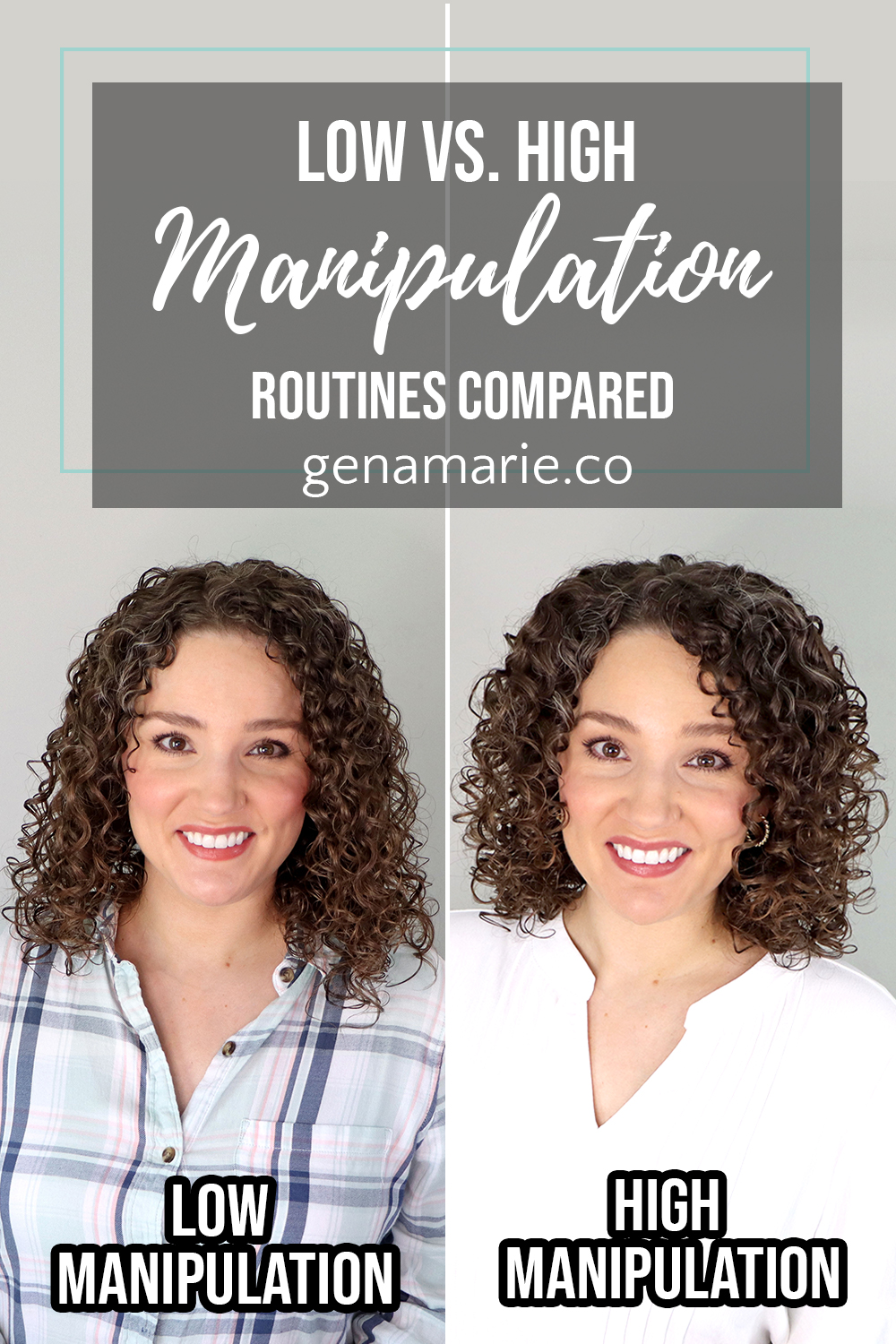
Some say we’re forcing our curls when we manipulate them with styling techniques—but is it really too much if we’re just bringing out their full potential? If you’re not loving your curls, maybe it’s not your hair—it might just be that you haven’t styled it to bring out its full potential.
Today, I’m walking you through a super low-effort routine and comparing it to my usual high-manipulation styling. We’ll break down the effort versus the reward, so you can decide what’s actually worth it for you.
Curl manipulation is when we intentionally shape or enhance our natural curl pattern—whether it’s through finger coiling, brush styling, or even just how we apply product. It’s any technique that physically influences how our curls form and dry.
But here’s where the debate comes in—some people say you’re forcing your curls if you do too much. Others say it’s just part of getting the most out of your hair. So… is it really too much, or is it just helping your curls reach their full potential?
Let’s break down both sides.
If your focus is on hair health or simplifying your routine, a low-manipulation routine—like the one I’m showing today—might be a better fit. But if you love the look of enhanced curls and want more definition or hold, the extra effort might be totally worth it.
We’re going to walk through each step and identify where curl manipulation typically happens, so you can find the balance that works best for you.
Start by misting your hair with water. Then, apply a heat protectant like the Boucleme Curl Defence Spray, especially if you’re using heat later on.
I applied gel in sections for even coverage. You can skip sectioning if you’re short on time, but it might result in less product distribution and more frizz.
I used the raking method to apply the gel evenly. Techniques like glazing or scrunching alone can lead to patchy frizz due to uneven product coverage.
This is where curl manipulation typically comes into play because styling allows you to customize your results.
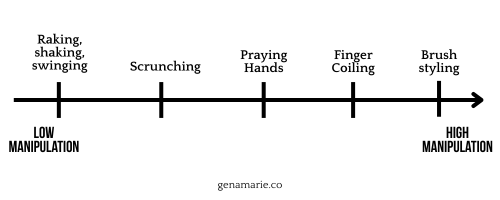
Low Manipulation Here, I let my curls form naturally with just a bit of movement—gently shaking or bouncing the ends helps encourage them to spring up. A little scrunching is okay, but don’t overdo it.
This is great if you’re short on time, want a more elongated look, or are focusing on minimizing breakage and retaining length. It also reveals what your curl pattern looks like without enhancement. (If you’re not sure about your curl type, check out my free curl quiz!)
If you have waves or a looser pattern, this method may give you similar results to brush styling—potentially saving time on wash day.
High Manipulation In contrast, my usual routine involves finger coiling and brush styling to get the most definition. These techniques create tension and structure but can be harder on the hair if it’s not well-moisturized or properly detangled.
High Manipulation
In my normal styling routines, I use high manipulation techniques such as finger coiling and brush styling to define my curls to their maximum potential. These techniques apply the most amount of tension and pressure on the hair. This is also where some potential damage can occur if the hair isn’t well-conditioned or has enough slip.
After applying gel, I microplop with a towel to remove excess water.
Low Manipulation Lightly squeeze from the sides—just enough to soak up water without scrunching too much.
High Manipulation I scrunch from the ends upward with a towel to help the curls shrink and form more tightly. I might also add a bit more gel here, smoothing it over without reshaping the curls.
Diffusing can be a major point of manipulation, depending on your technique.
Low Manipulation
Hover diffusing is the gentlest option. It takes longer and is tougher on the arms, but minimizes disturbance. If you have limited mobility, try propping the dryer on a surface.
I still used the prongs gently at the roots to speed up drying, and flipped my head in different directions to boost root lift.
Tip: If you want more volume while staying low-manipulation, root clips can help during hover diffusing.
High Manipulation
In my usual routine, I’d pixie diffuse or scrunch while diffusing to control volume and shape. I also use the diffuser prongs more aggressively at the roots to build volume and lift.
Once dry, scrunch out the crunch—this step stays the same no matter which routine you choose.
Here’s a side-by-side comparison of the results from my low- and high-manipulation routines.

Low Manipulation:
My hair looks more elongated with smaller, stringier curl clumps. The shape is flatter, but depending on your goals, that might be exactly what you want.
High Manipulation:
My curls shrink up more, so the overall look is shorter. I get bigger clumps, more volume, and a more rounded shape.
The biggest downside of the low-effort routine? It didn’t last as long. Less clumping = more visible frizz. Curl clumps help hide frizz, keeping it tucked away. My baby hairs and grays especially lost all definition by the next day. Normally, I finger coil these to keep them looking defined.
So while the low-manipulation routine saved me time on wash day, I ended up spending more time refreshing the next day. Which would you rather have—a quicker wash day, or a longer-lasting style?

Let me know in the comments:
Do you go for low effort or high definition? Or do you switch it up based on your mood or schedule?
Remember, there’s no one-size-fits-all approach. It’s not about what’s “right”—it’s about what works for you, your lifestyle, and your hair goals.
Need help figuring that out? Download my Curly Hair Tracker & Planner. It’s a guided tool to help you assess your hair, plan your wash and refresh days, and track your results. You can log what you try, see what works, and make your routine more effective over time.


Light and medium-hold gels are one of the biggest categories out there — and honestly, most of them don’t work. I’ve tested hundreds of gels.
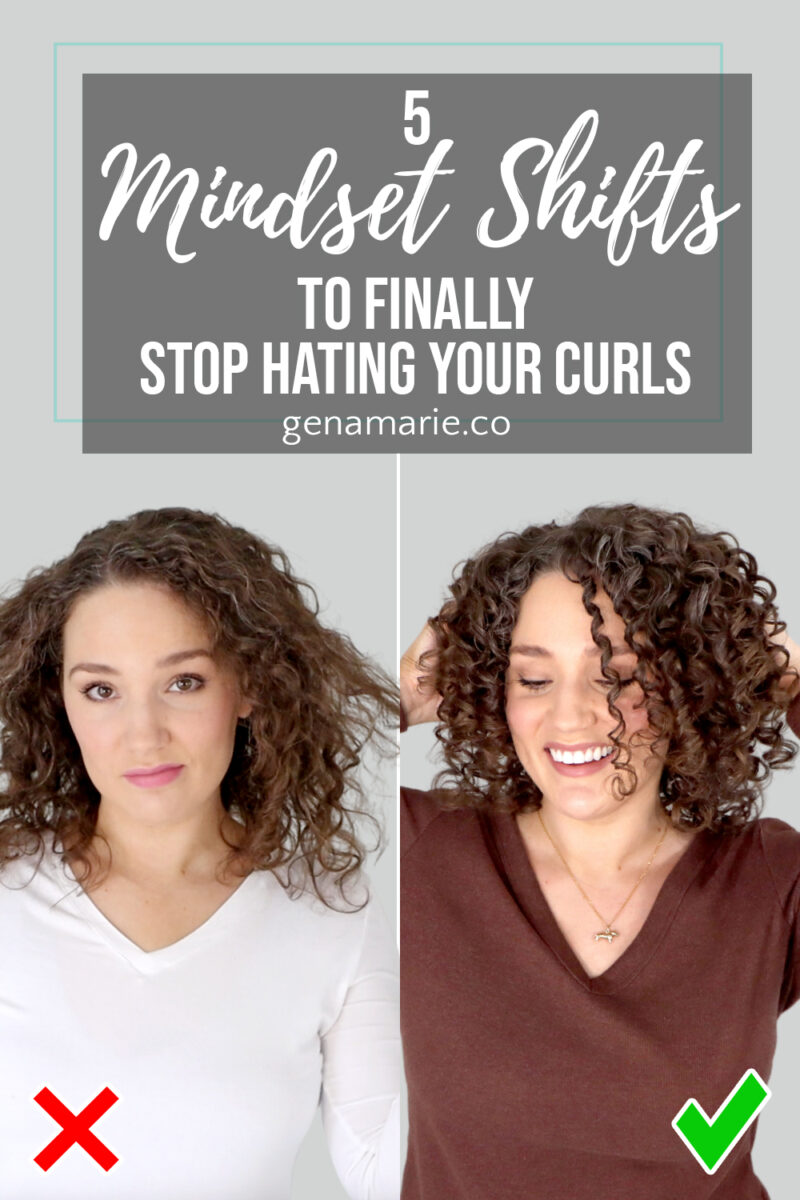
If you’ve ever felt frustrated with your hair or caught yourself thinking, “I just have bad hair,” “Nothing ever works for me,” or “My curls
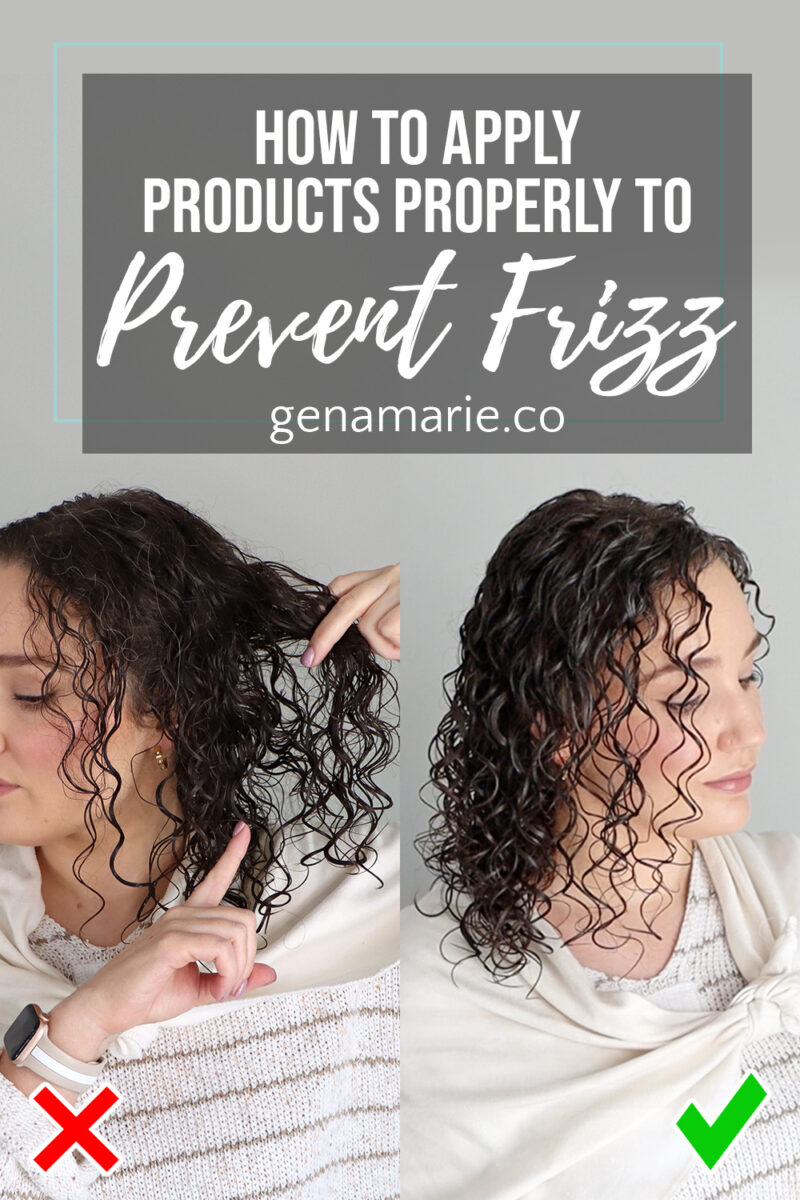
If you’re still getting frizz even though you’ve tried so many products, the issue may not be the products at all — it might be
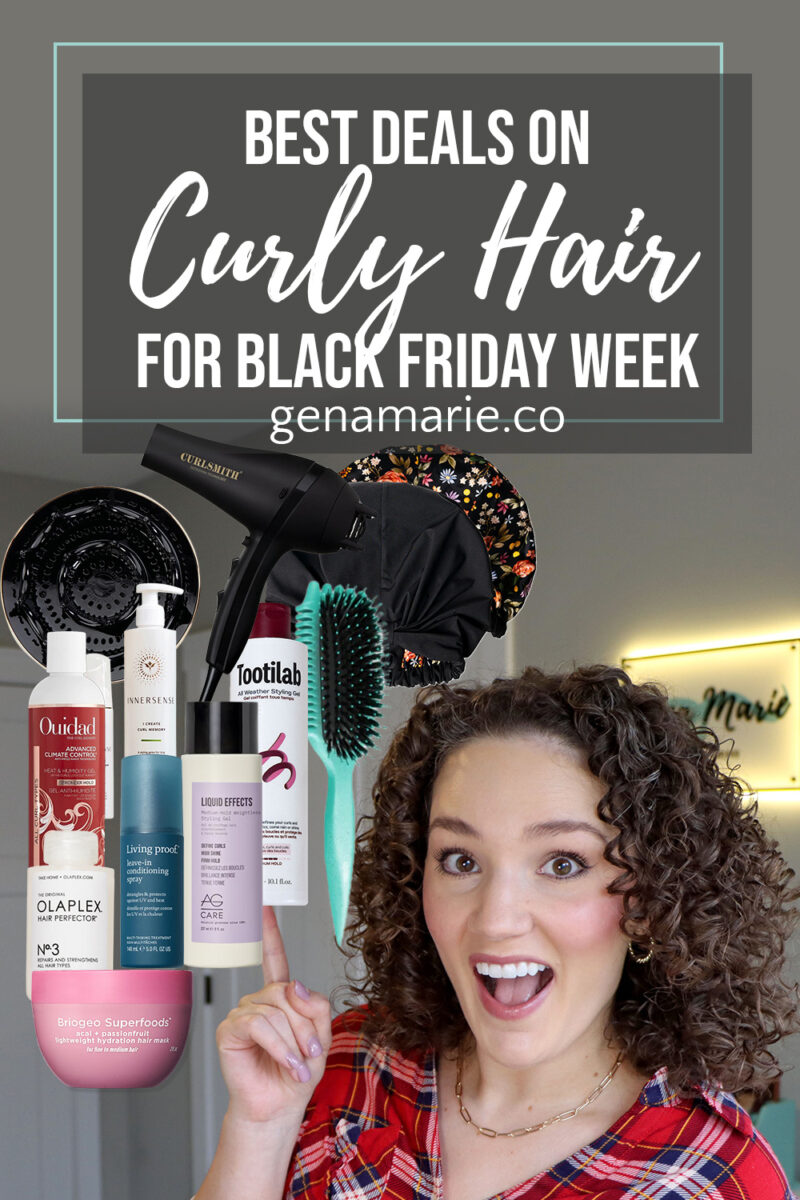
I’ve rounded up some of my top curly hair and beauty favorites that are on sale for Black Friday and Cyber Monday. I’ve included quick
Notifications